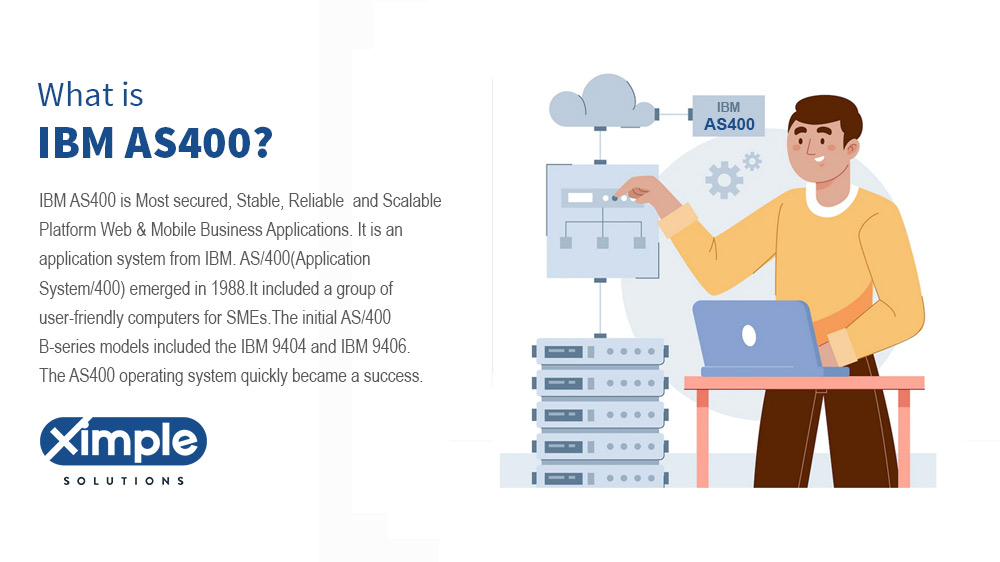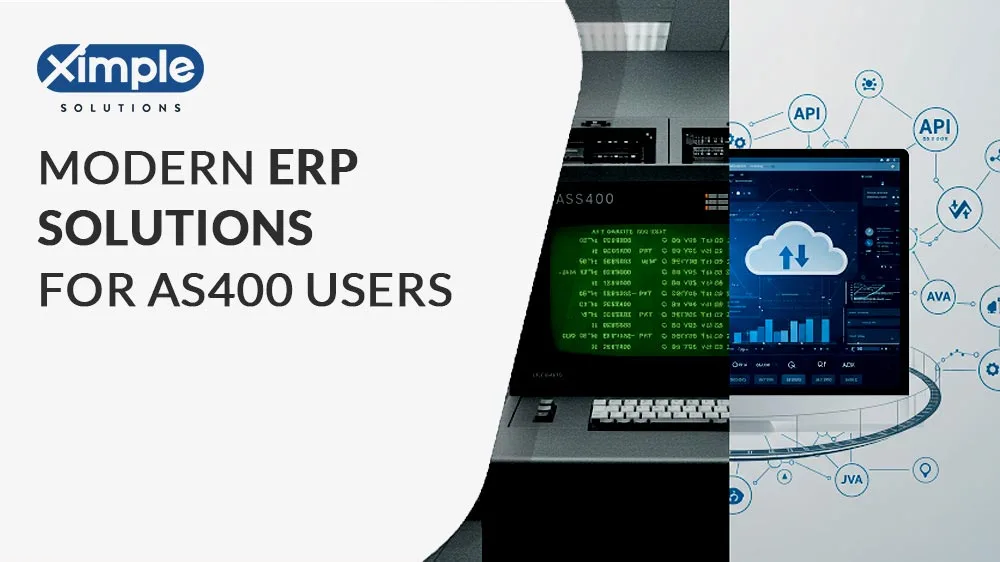ERP Trends 2024: Powering Growth for Distributors and Wholesalers

Discover how cutting-edge ERP technology can revolutionize your business.
In the dynamic world of business technology, Enterprise Resource Planning (ERP) systems have become essential tools for organizations seeking to streamline operations, enhance efficiency, and drive growth. As we move further into the digital age, ERP solutions continue to evolve, offering innovative features and functionalities that address emerging business needs. In this blog, we’ll explore some of the most significant trends and innovations in the ERP landscape, backed by data and insights.
1. Cloud-Based ERP Solutions
One of the most transformative trends in the ERP space is the shift from on-premises systems to cloud-based solutions. According to a report by Gartner, by 2025, 85% of organizations will have adopted cloud-based ERP solutions. This migration is driven by several factors:
Scalability and Flexibility: Cloud-based ERP systems offer unparalleled scalability, allowing businesses to easily expand or reduce their ERP capabilities as needed.
Cost Efficiency: With a subscription-based model, cloud ERP reduces the need for significant upfront investments in hardware and infrastructure.
Accessibility: Cloud ERP systems can be accessed from anywhere with an internet connection, facilitating remote work and global collaboration.

2. Integration of Artificial Intelligence and Machine Learning
Artificial Intelligence (AI) and Machine Learning (ML)are revolutionizing ERP systems by enhancing automation and decision-making processes. A study by Forrester predicts that by 2024, ERP solutions with integrated AI and ML capabilities will increase operational efficiency by 30%. Key benefits include:
Predictive Analytics: AI-powered ERP systems can analyze historical data to forecast trends, helping businesses make proactive decisions.
Process Automation: ML algorithms can automate routine tasks, such as data entry and invoice processing, reducing human error and freeing up employees for higher-value activities.
Enhanced Customer Insights: AI can analyze customer behavior and preferences, enabling personalized marketing strategies and improved customer service.
3. Enhanced User Experience (UX)
User experience has become a critical factor in the success of ERP implementations. Modern ERP systems are focusing on intuitive interfaces and user-friendly designs. According to a survey by Panorama Consulting Solutions, 75% of ERP users prioritize ease of use as a key factor in their ERP selection process. Innovations in UX include:
Mobile Accessibility: ERP providers are developing mobile applications to ensure users can access critical data and perform tasks on the go.
Personalized Dashboards: Customizable dashboards allow users to tailor their ERP interface to display the most relevant information and KPIs.
Interactive Training Modules: To enhance user adoption, ERP vendors are incorporating interactive training tools that provide on-demand guidance and support.
4. Advanced Data Analytics and Business Intelligence
Data is the lifeblood of modern enterprises, and ERP systems are becoming more sophisticated in their data analytics capabilities. The global business intelligence (BI) market is expected to reach $33.3 billion by 2025, driven by the need for real-time data insights. ERP systems are evolving to include:
Real-Time Reporting: Businesses can generate real-time reports that provide instant insights into performance metrics and operational trends.
Advanced Data Visualization: Modern ERP solutions offer advanced visualization tools, making it easier to interpret complex data through graphs, charts, and dashboards.
Integration with BI Tools: ERP systems are increasingly compatible with third-party BI tools, allowing for seamless data integration and enhanced analytical capabilities.
5. Focus on Cybersecurity
As ERP systems handle vast amounts of sensitive data, cybersecurity has become a top priority. The cost of data breaches is rising, with IBM reporting that the average cost of a data breach reached $4.24 million in 2021. ERP vendors are addressing this concern by:
Implementing Robust Security Measures: Advanced encryption, multi-factor authentication, and regular security updates are now standard features in ERP systems.
Compliance with Regulations: ERP solutions are designed to comply with global data protection regulations, such as GDPR and CCPA, ensuring businesses meet legal requirements.
Proactive Threat Detection: AI-driven cybersecurity tools within ERP systems can detect and mitigate potential threats in real-time, reducing the risk of data breaches.
Conclusion:
The future of ERP systems is marked by continuous innovation and adaptation to the evolving needs of businesses. Cloud-based solutions, AI and ML integration, enhanced user experience, advanced data analytics, and a strong focus on cybersecurity are just a few of the trends shaping the ERP landscape. By staying informed and embracing these innovations, organizations can leverage ERP systems to drive efficiency, improve decision-making, and maintain a competitive edge in the market.






